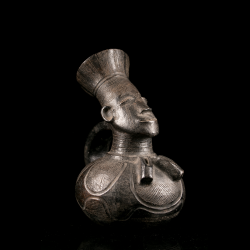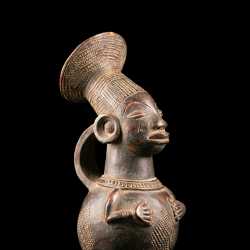Filter By
Origin
Origin
Presumed dating
Presumed dating
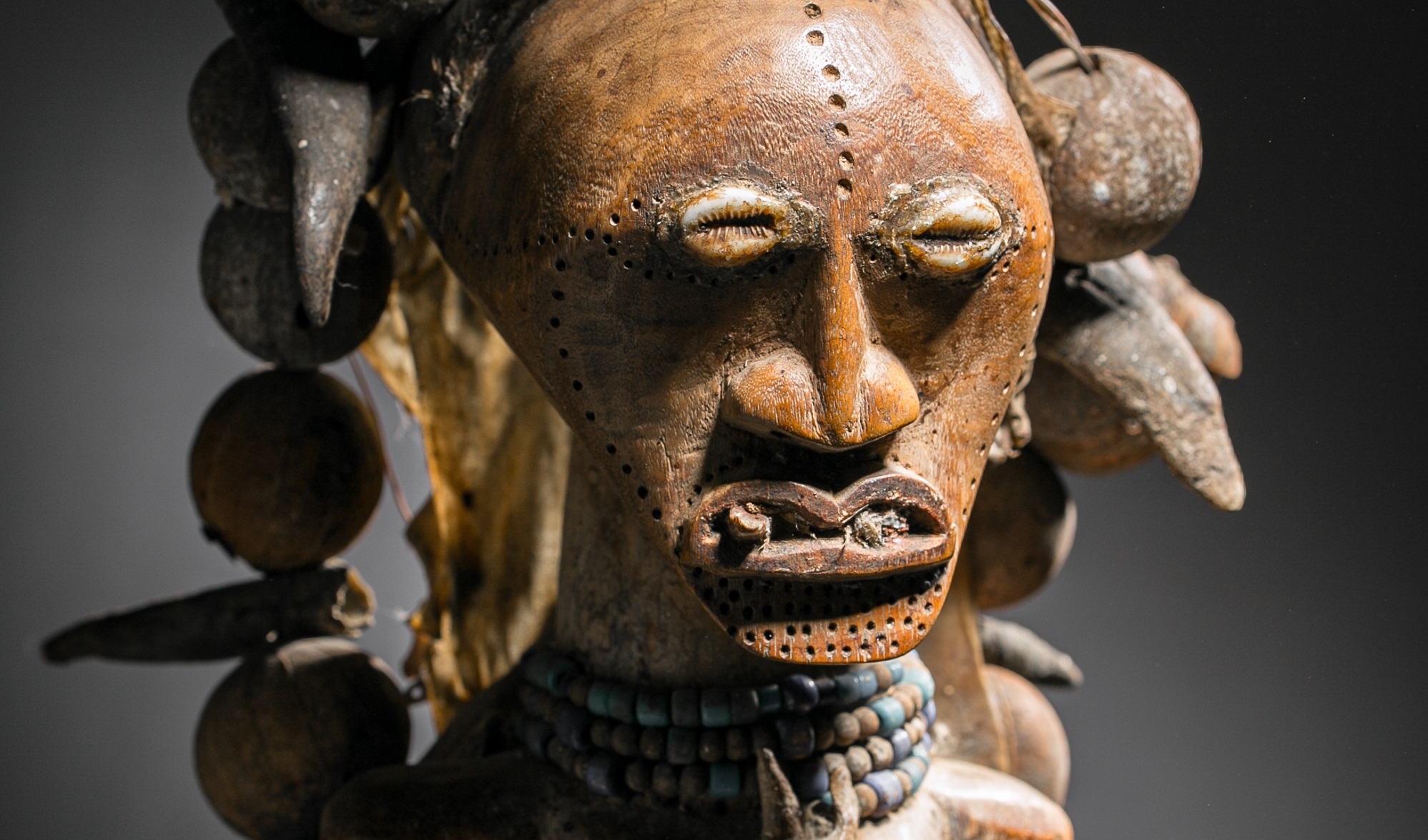
A century of African art: the Soubry family collection
African arts over three generations
A century is the length of time that the Belgian...
Read more
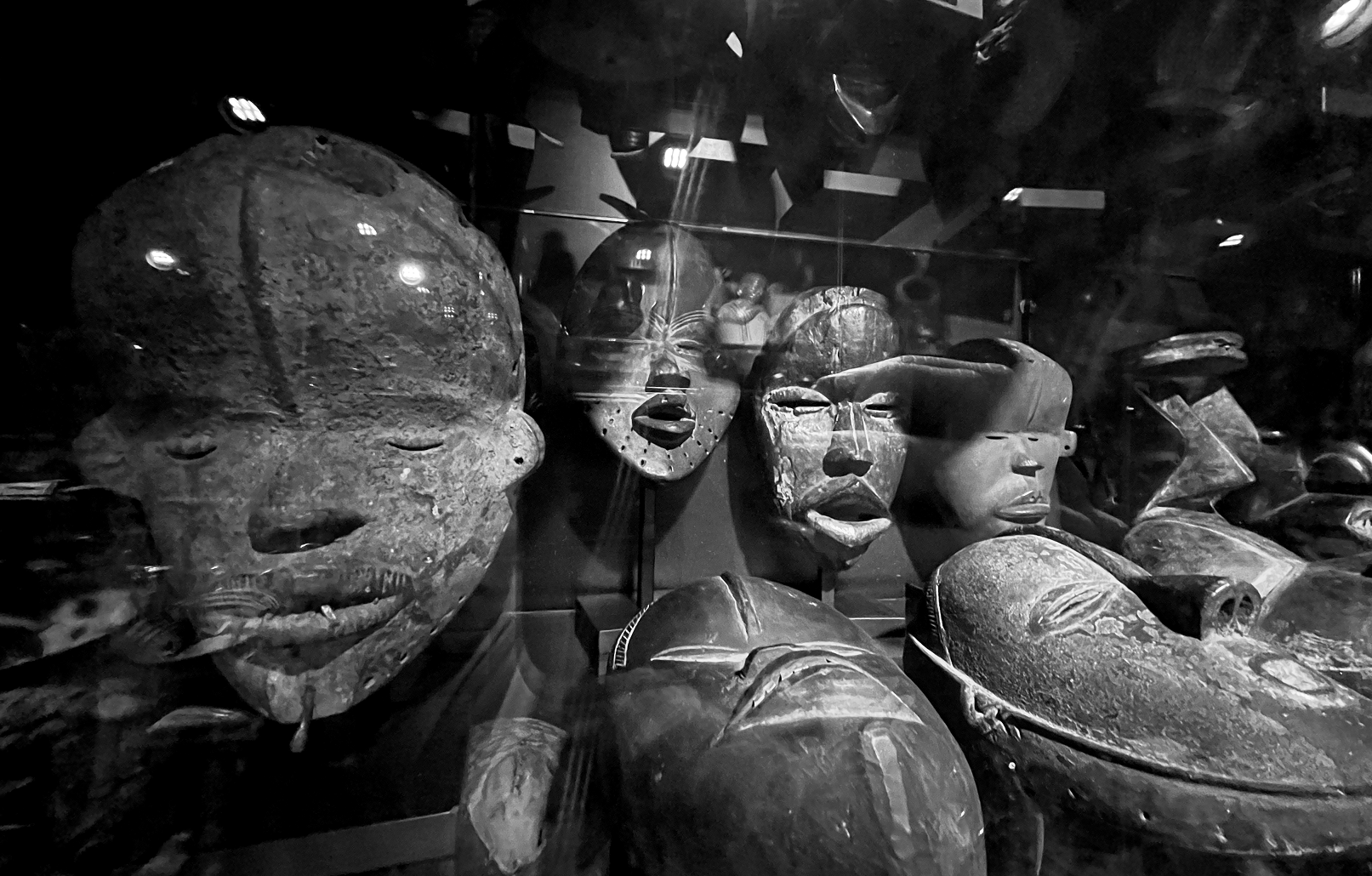
Masks in African Tribal Art
The millennial existence of masks in Africa
Traditional masks are found on every...
Read more
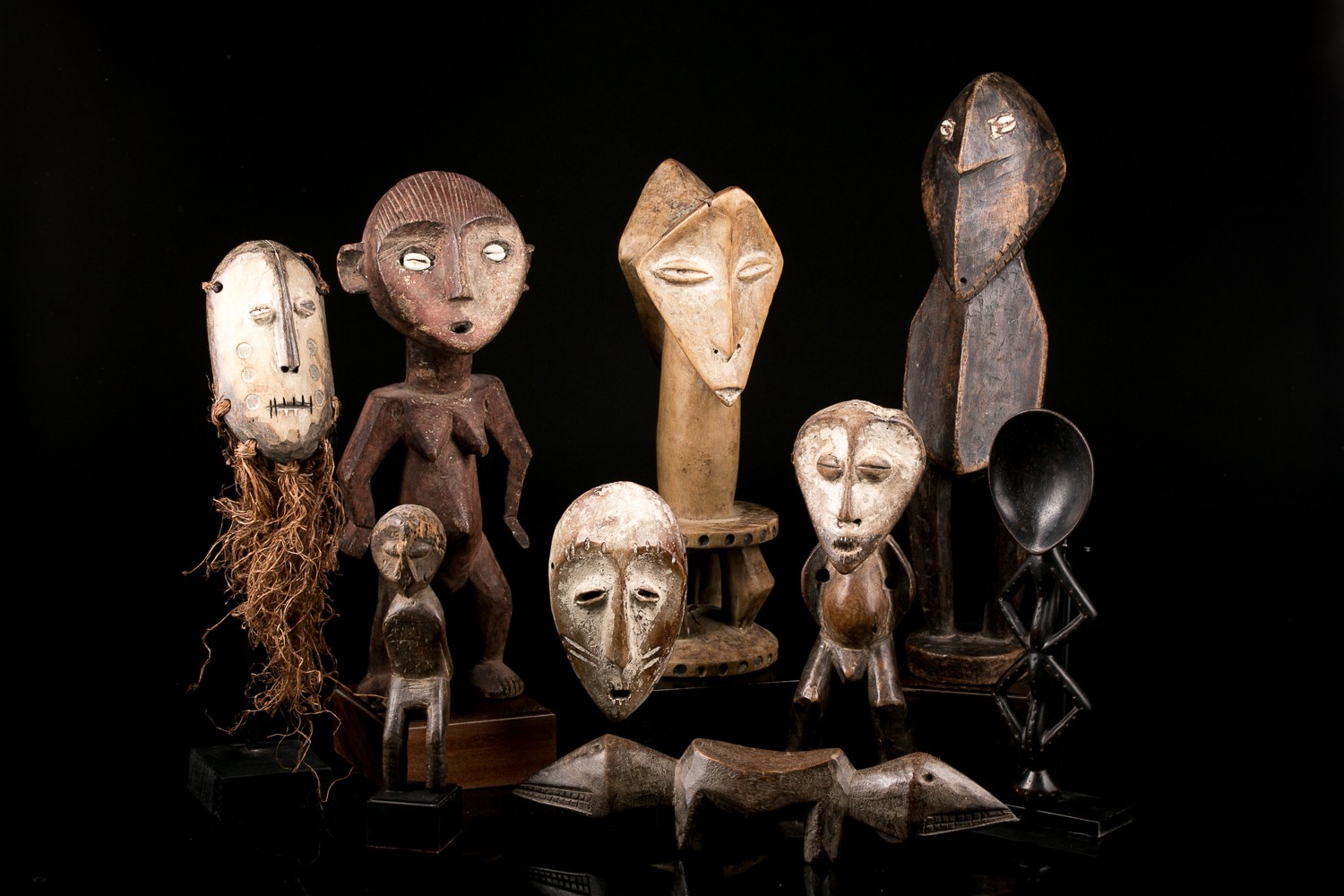
Lega: Art at the service of ancestors and initiation
Lega people in the Democratic Republic of Congo
When most of us think of the Democratic...
Read more
Ceramics
La céramique : aux prémices de l'art primitif africain. Les sites archéologiques d'Afrique de l'ouest suggèrent que l'usage de terre pour la confection d'objets d'art remonte à plusieurs millénaires. Certaines pièces déterrées sont les témoins de civilisations disparues. Parmi celles-ci, citons les Djenne, les Nok, les Bura, les Koma,... De sites de fouilles parfois peu légales ont été extraites des pièces quasi intactes ou des fragments d'objets dont des têtes, des urnes funéraires, des pots.Depuis plusieurs décennies, les artistes africains s'inspirent de cet héritage historique pour créer des pièces stylistiquement proches de ces vestiges archéologiques.
There are 2 products.
Showing 1-2 of 2 item(s)

